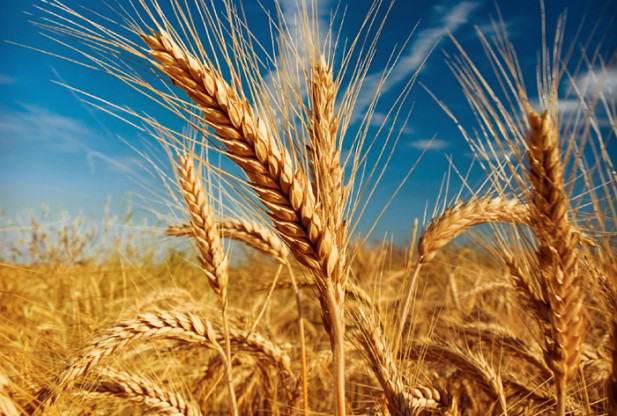Population Growth Increases Food Imports, Insecurity
Published on April 8th, 2015
The Worldwatch Institute reports that global imports of grain grew by more than five times over the last half century, from just above 50 million tons in 1961 to more than 300 million tons in 2013.
During this period, an increasing number of countries have become ever more dependent on international markets to meet their rising domestic food demand. It’s a precarious, unsustainable situation with ominous portent for the future – and one that has already led to food riots and political instability in recent years.
In 2013, more than a third of the world’s countries – 77 of them – imported at least 25 percent of the major grains they needed, compared to just 49 countries in 1961. And the number of countries that imported at least 50 percent of their grains jumped from 31 to 51.
 Thirteen countries imported their entire grain supply in 2013, compared to 11 countries that did so in 1961.
Thirteen countries imported their entire grain supply in 2013, compared to 11 countries that did so in 1961.
“More and more countries depend on global markets for their food – that creates vulnerability,” Worldwatch researcher Gary Gardner, author of the report, “Food Trade and Self-Sufficiency,” told the Thomson Reuters Foundation on March 13.
Russia’s 2010 ban on wheat exports was partially responsible for triggering spikes in the global price of wheat, disrupting Egypt’s bread subsidy program. This in turn sparked social unrest and the 2011 revolution that overthrew the Egyptian dictator Hosni Mubarak, president-for-life, paving the way for the election of President Mohamed Morsi of the fundamentalist Muslim Brotherhood. Morsi and the Muslim Brothers immediately set out to transform this ancient land and its institutions into a theocracy, a nation state explicitly living under Islamic Sharia Law.
 |
| The availability of cereal grains like wheat dictates the fate of nations – and civilization. |
Morsi and the Brotherhood have since been overthrown by the Egyptian military in a coup widely seen to have immense popular support. Current Egyptian President Abdel el-Sisi was the general who led that coup.
Egypt is dominated by the Sahara Desert. The country as a whole averages just two inches of rainfall annually. Arable land – which has the necessary soils and water to produce crops sustainably – is only three percent of the country, concentrated in the fertile Nile River Valley.
Arable land per capita is only 0.04 hectares (400 square meters or an area just 20 by 20 meters), and falling due to rapid population growth. Egypt’s population tripled from 28 million in 1960 to 82 million in 2008, a mere 48 years! Egypt imports 40 percent of its overall food requirements and 60 percent of its grain, so that it was shaken to the core by those 2010 global price hikes.
While global food prices are currently at their lowest levels in five years, they are sure to rise again. Population growth, growing appetites for meat in developing countries (which requires much more grain to feed livestock), depleting fossil fuels (upon which modern agriculture and its spectacular yields are extremely dependent), plus environmental pressures like rising moisture stress in soils (from global warming) all but guarantee that food prices will increase in the future.
 Worldwatch’s Gardner told Reuters that governments need to do much more to protect farmland and water resources if they want to avoid leaving their populations at the mercy of global grain markets.
Worldwatch’s Gardner told Reuters that governments need to do much more to protect farmland and water resources if they want to avoid leaving their populations at the mercy of global grain markets.
Population and economic growth are causing the conversion of farmland into urban or suburban areas. Gardner said that in the United States alone, agricultural lands the size of Indiana were “paved-over” between 1982 and 2007.
Studies on urban sprawl by NumbersUSA show that most of this farmland loss is due to America’s incessant population growth, which has averaged almost 30 million a decade in recent years. And most of America’s population growth is related directly and indirectly to immigration.
While the USA is now one of the world’s largest grain exporters (following only the combined EU nations), unless we stabilize our population, this will not always be the case. And the specter of widespread hunger and malnutrition may morph from the stuff of nightmares and dystopian science fiction to the stuff of reality, as it already has in other countries.




